
Are you building a brand from scratch and trying to DIY it? DIY branding your business could be wasting your time, money, and energy. Most people think branding is all about looking pretty, but there’s more to it. Keep watching to find out:
01. Why you shouldn’t DIY your brand
02. What you should focus on instead
If you haven’t subscribed to my channel, then hit subscribe if you’re interested in branding and creating videos.
DIY branding your business? See why you’re wasting your time, money, and energy!
01. Why you shouldn’t DIY your brand
First, let’s talk about why you shouldn’t DIY your brand. Like I said before, graphic
design is not all about being pretty. When you see a design, you might think it’s pretty, but when a graphic designer sees a design, they’re looking at the overall design and seeing if it matches the intent of what the brand wanted. We think about the message of the design.
Designers look at the typography to see if it matches the intention of the design, they’re looking at the different colors used, the white space, and the hierarchy of the design to see what pops out first and if that was the intention of the design. Branding is all about telling a story and sharing your voice and message with your target audience. You don’t understand the strategy of how a brand comes together. It’s not all about a mood board.
What does a simple brand design process look like?
Let’s talk about the brand design process. First brand designers need to know about the foundation of your brand. They need to know your message, your target audience, your competitors, the goals for your business, how you want to sound, and how you want to look.
After that, the second part of the design process is research. As a designer, I have to make sure the idea I have about your brand matches your idea. Once I look over your competitors, audience, goals, and so on, I send out a client brief. That’s also when a mood board comes in.
Once the brand designer and the client are on the same page on the style of the brand, then they can start creating the logo. During this process, a lot of logo sketches are made. Some designers sketch 100 logos just so they can get an idea of which direction they want the logo to go in. After that, we narrow down the ideas we have and officially start designing the logo in Adobe Illustrator.
Once we officially create the logo in Adobe Illustrator, then we can go on to thinking about the fonts, the colors, and other elements. Some designers do it all at once. I like to start with the logo first, not officially designing the logo, but just looking at the ideas whenever I’m creating the logos in Adobe illustrator.
But I also pull in the different fonts that I want to use. I won’t officially think about color yet. Everything is in black and white in this process. Depending on the brand goals, you want to make sure that everything looks good digitally and in print. Sometimes you have to have different fonts when you’re creating things online, because some fonts look better online, and then some look better on print. Basically, what I’m saying is sometimes you create different fonts for the type of projects that you’re creating, especially if it’s digitally and in print.
After you’re done with the logo, the fonts, the colors, then you create a brand style guide. Everything I’m saying right now is just a simplified version of the brand design process. Of course, depending on the project, it could look different. But I just wanted to give you an idea of what a simplified design process looks like.
Before I go on, if you’re still trying to discover your brand style, then check out The Ultimate Roadmap to Discover Your Brand Style. It’s an email course that I created to help you define the foundation of your brand.
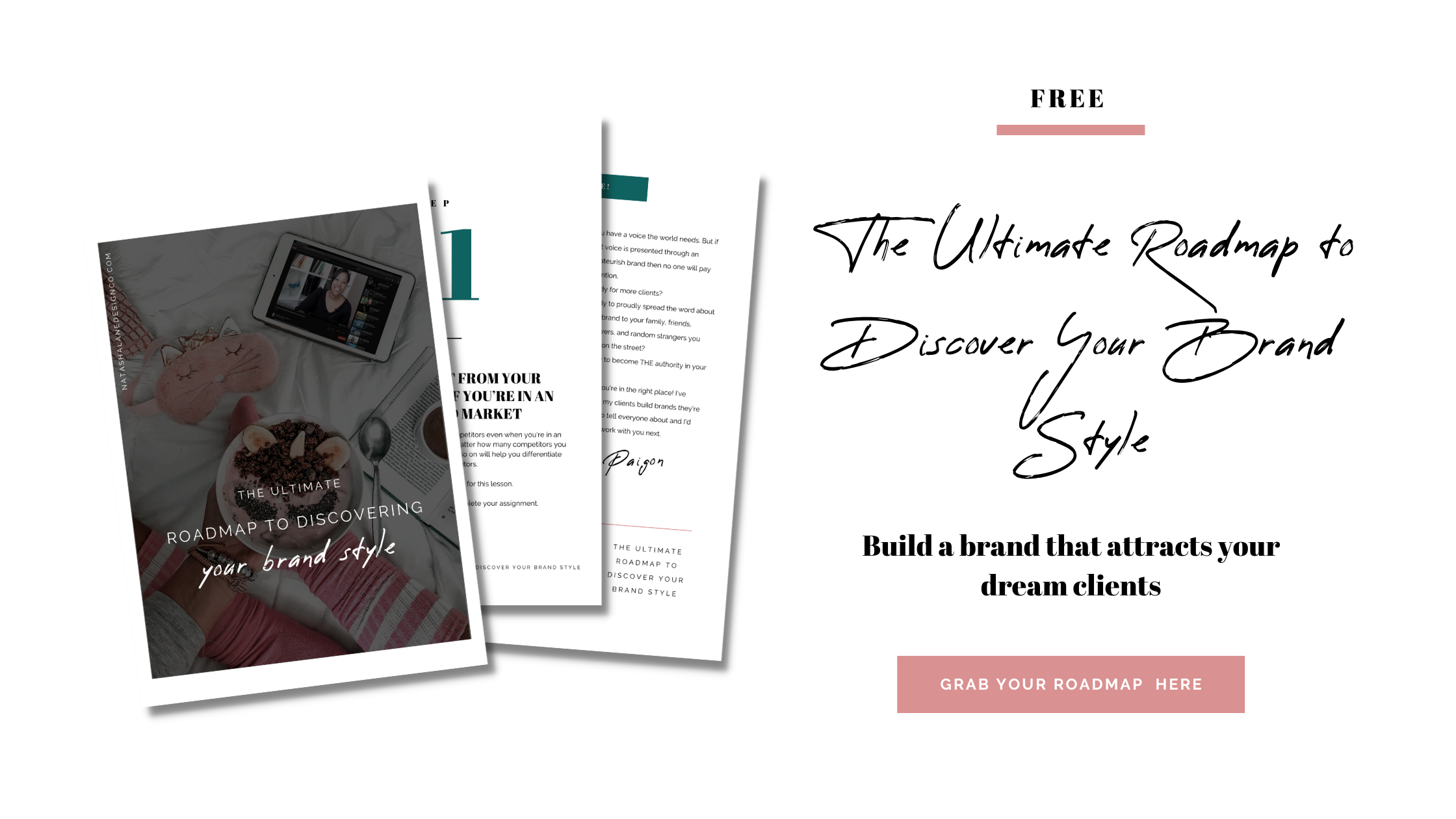
Have you tried to design your brand yourself? Let me know your thoughts in the comments down below.
02. What you should focus on instead of DIY branding your business
In the second part of this video, I want to talk about what you should focus on instead of DIY branding your business. You should focus on building your brand foundation.
Who do you want to help?
I’ve had a lot of people come to me for branding and creating videos without having an understanding of their brand. They don’t understand who their target audience is. How can you create videos, website copy, Instagram posts, Facebook posts, or blog posts without knowing who you’re creating them for?
I know a lot of people think I just want to attract anyone. I’ll take any type of client. Money is money. But whenever you’re trying to attract everyone, sometimes you’re attracting no one. It’s like trying to grab all the sand and then realizing it’s just slipping through your fingers. You want your audience to think, ‘Oh, this was made just for me’. But how can you do that if you don’t have a target audience in mind?
Who are your competitors?
The second problem I see is they don’t think about their competitors. I’ve had three types of clients come to me: clients who don’t know who their competitors are. clients who don’t think about their competitors or ignore them, and clients who think their competitors are so high above them or out of reach that they don’t even consider them their competitors.
When I was getting my degree in Radio Television Film, I had to take a broadcasting marketing class. I don’t remember what it was called, but the teacher made us memorize the 13 tactics of Sun Tzu’s ‘The Art of War’. We had to use it for every project, paper and test. It was really interesting. I learned a lot from it, and I still take away from those 13 tactics because it doesn’t just focus on business and war, but it focuses on life.
I want to share this one quote from Sun Tzu.
“If you know the enemy and know yourself, you need not fear the result of a hundred battles. If you know yourself but not the enemy, for every victory gained you will also suffer a defeat. If you know neither the enemy nor yourself, you will succumb in every battle.”
Sun Tzu, The Art of War
I’m not saying your competitors are your enemies. They can be your friends, but not knowing your competitors, not focusing on them, not giving thought to them won’t help you. Knowing your competitors will help you know your weaknesses and strengths, what type of audience you want to attract, what you stand for, your likes and dislikes, and so much more.
I always hear about people who have anxiety when they’re thinking about their competitors or looking at their competitors. Maybe it’s because they’re comparing themselves to their competitors. For me, I’ve never had that problem. Whenever I see my competitor doing a good job, I think, ‘Oh, that was such a good idea. Why didn’t I think about that?’ Other than that, I don’t really think about what they’re doing, because when I’m thinking about my competitors, I know that we don’t have to be doing the same thing. We have different strengths and weaknesses, and sometimes their ideas would not match my personality. or my brand.
Other than thinking my competitor is doing a good job or that was an awesome idea that they thought of, I don’t really focus on their achievements because we both have different goals for me. I only compare where I am now to where I was before. I’ve been doing this for five years now. I would have never thought I would be making YouTube videos or even if you asked me 10 years ago, I wouldn’t have started my own business.
I’ve come so far in my five years of business. I’m creating reels now. I’m writing newsletters. I’ve changed my website so many times, but this is the happiest I’ve been with my website. So for me to compare myself with my competitors, I think we’re two different people, two different personalities, two different brands, and we’re doing different things with our services, even if we’re both providing the same services. We’re doing it differently. Instead of comparing yourself to your competitors, think about your progress.
Summary of DIY branding your business? See why you’re wasting your time, money, and energy!
That’s it. I talked about why DIY branding your business is wasting your time, money, and energy and what you should focus on instead. Knowing your target audience and knowing your competitors are just 2 topics you have to focus on to create a firm foundation for your brand. If you need to work on your foundation, then sign up for The Ultimate Roadmap to Discover Your Brand Style. In just one week, you’ll have your framework for your foundation built.


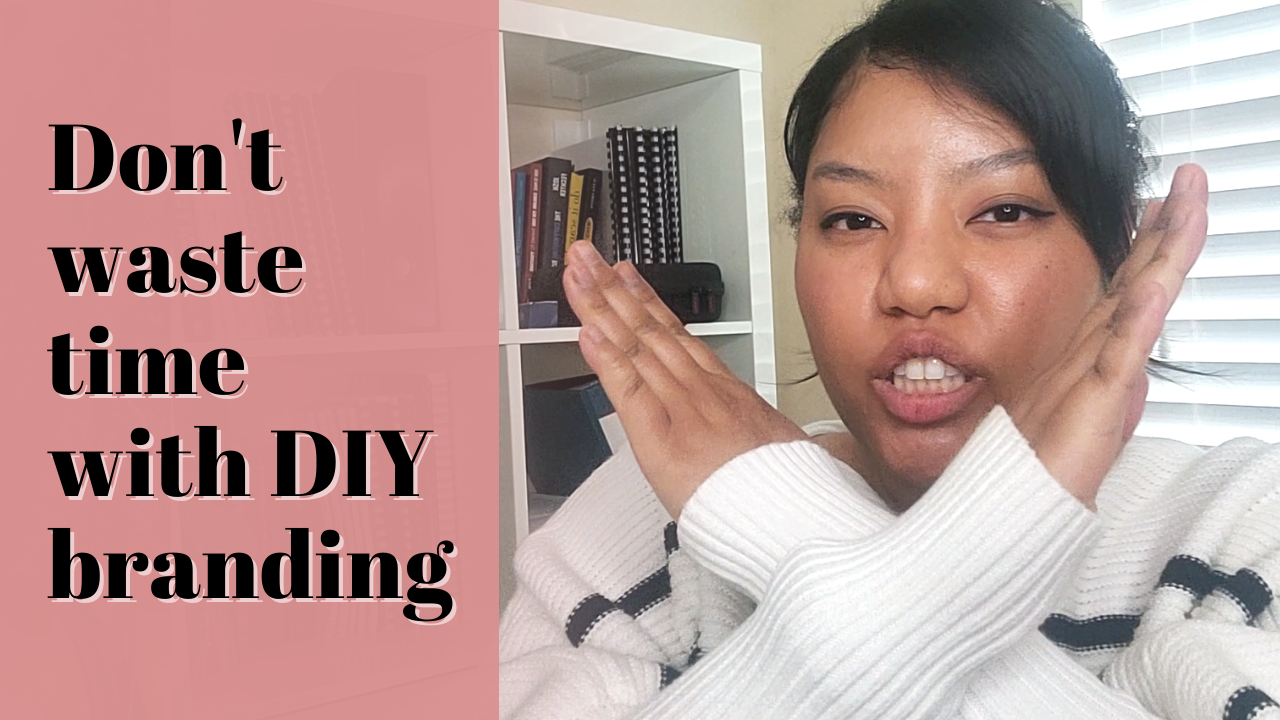

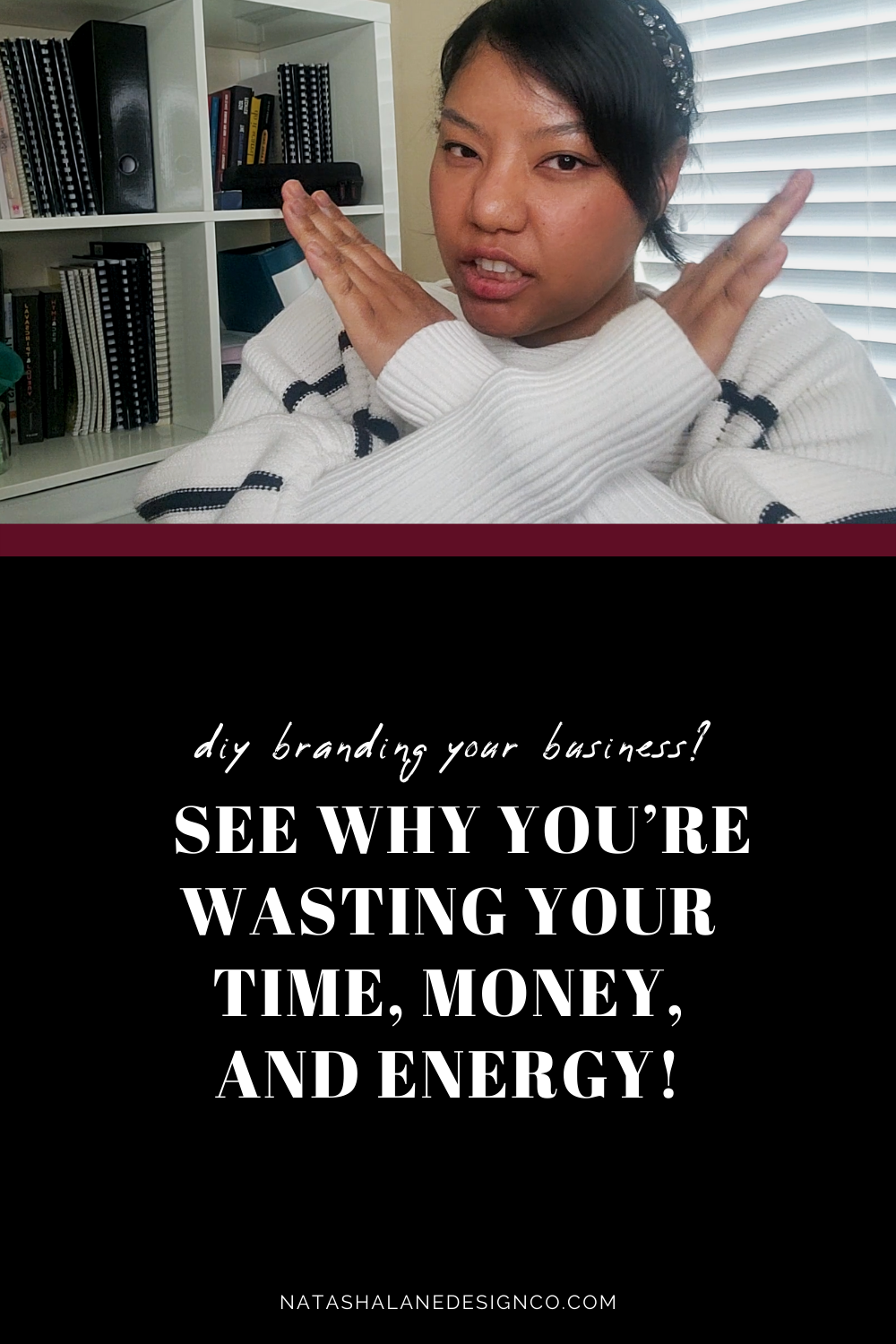
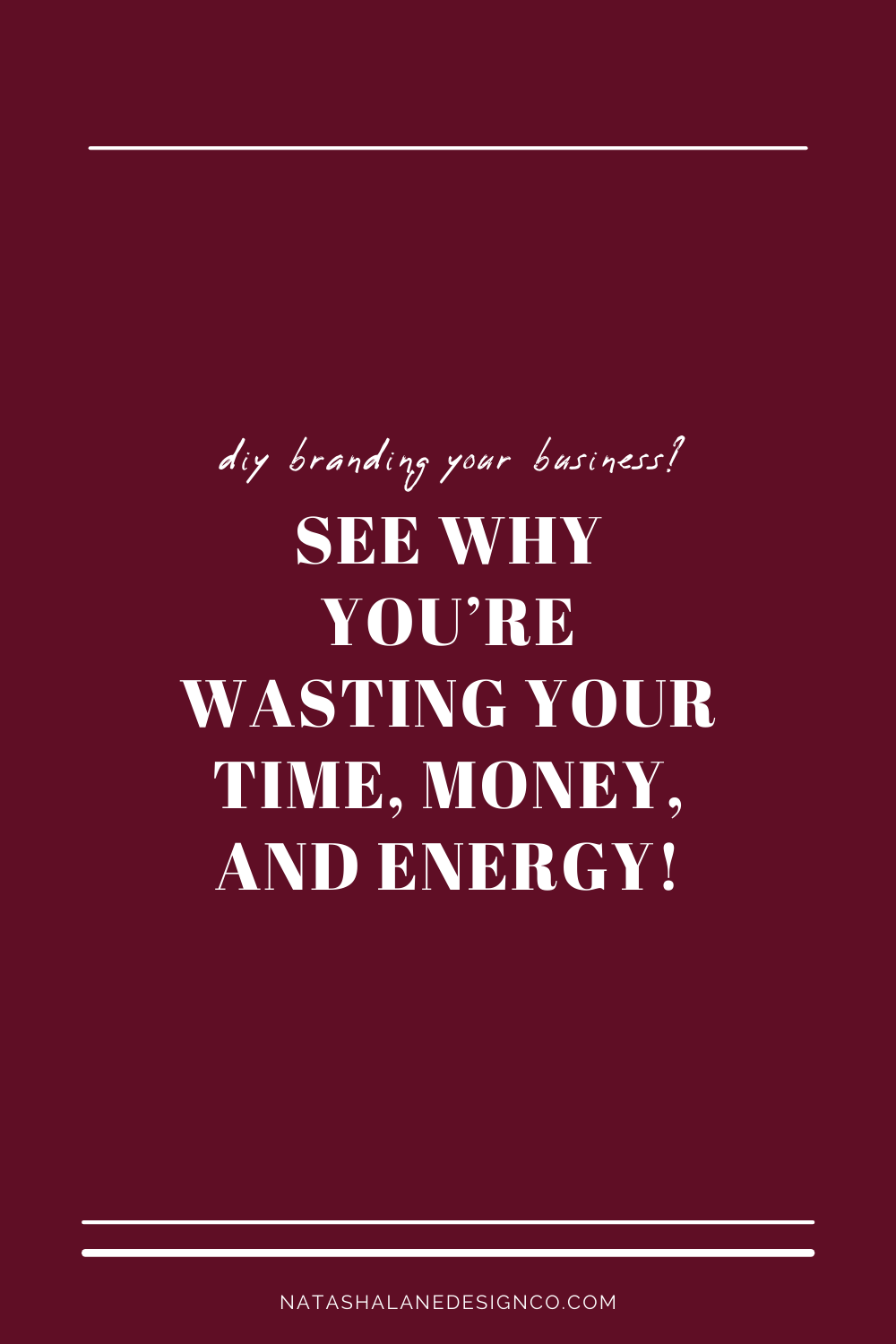

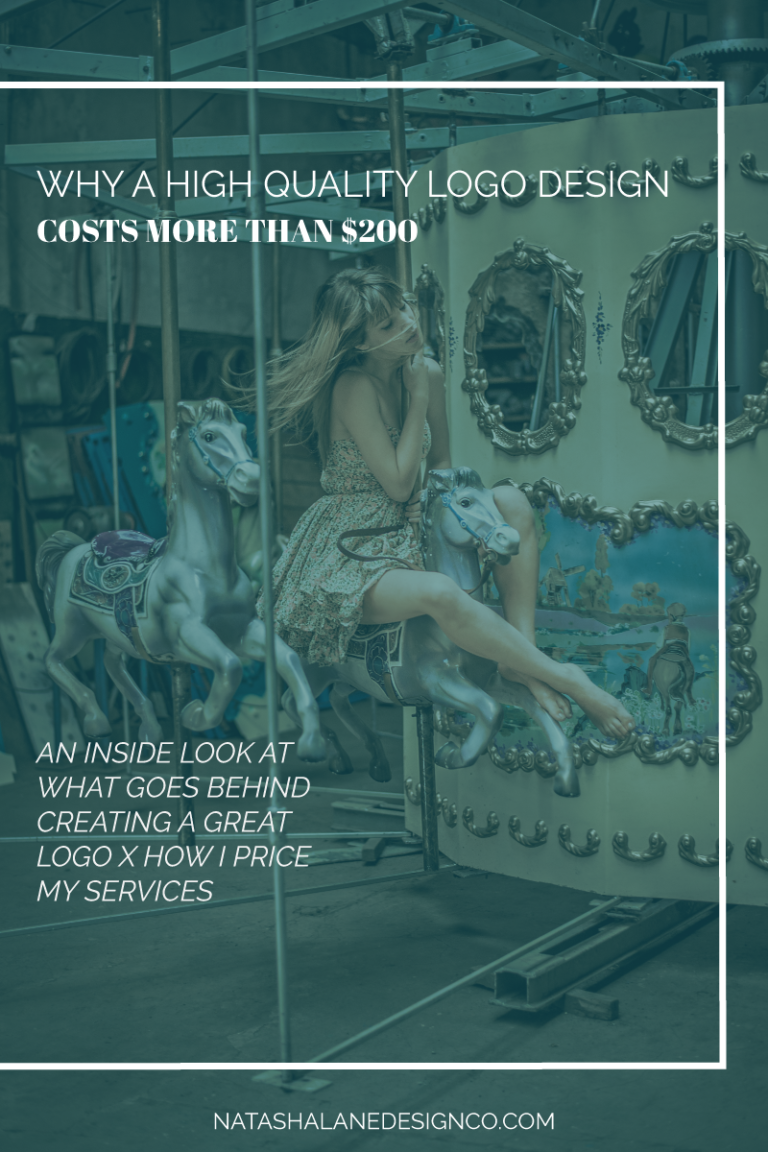


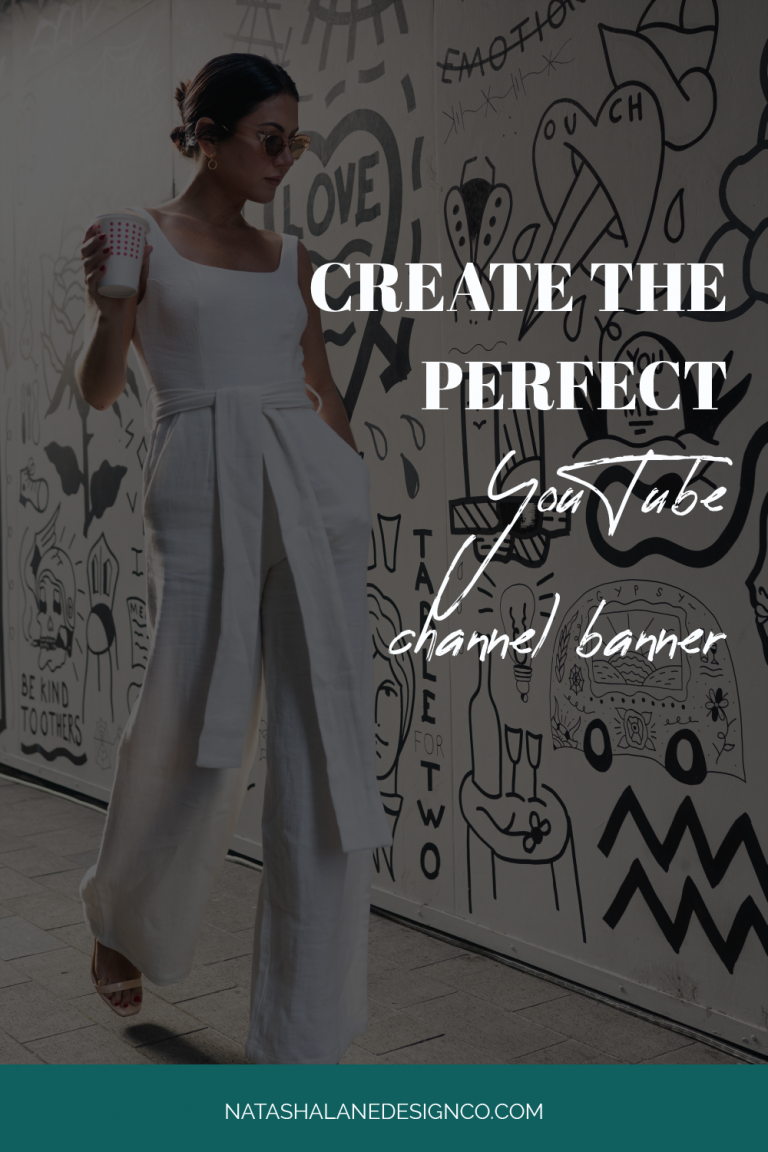



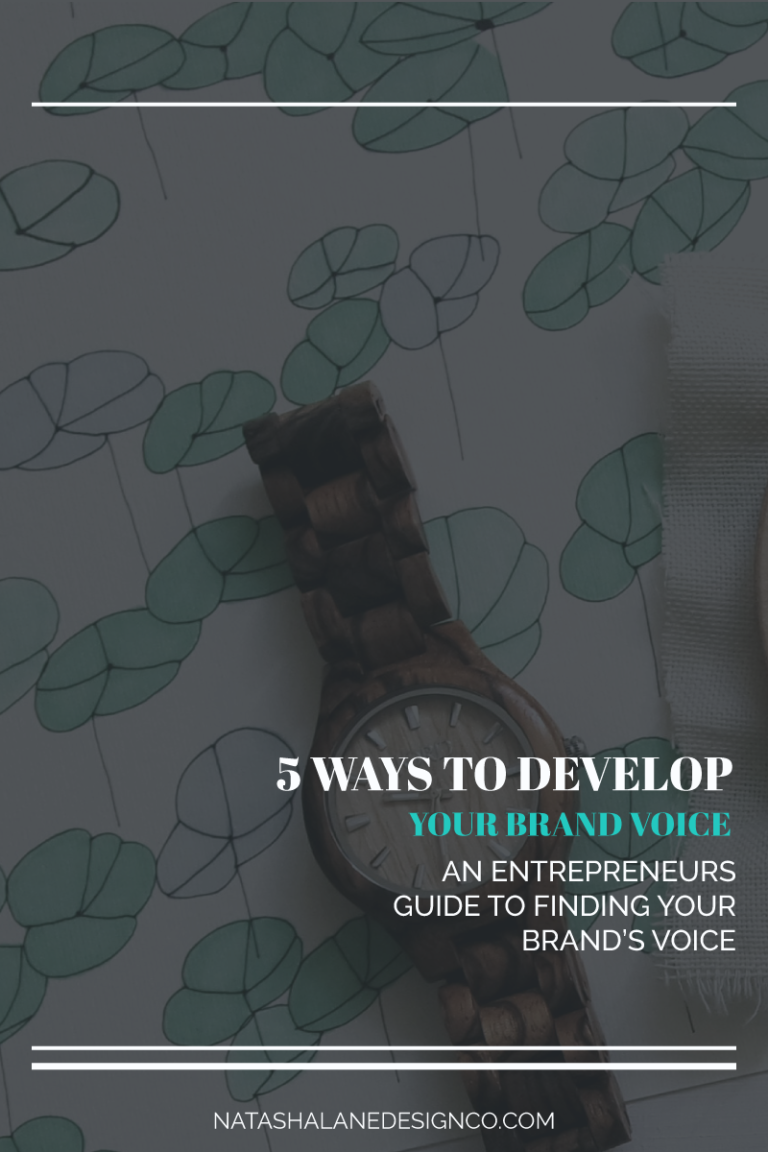



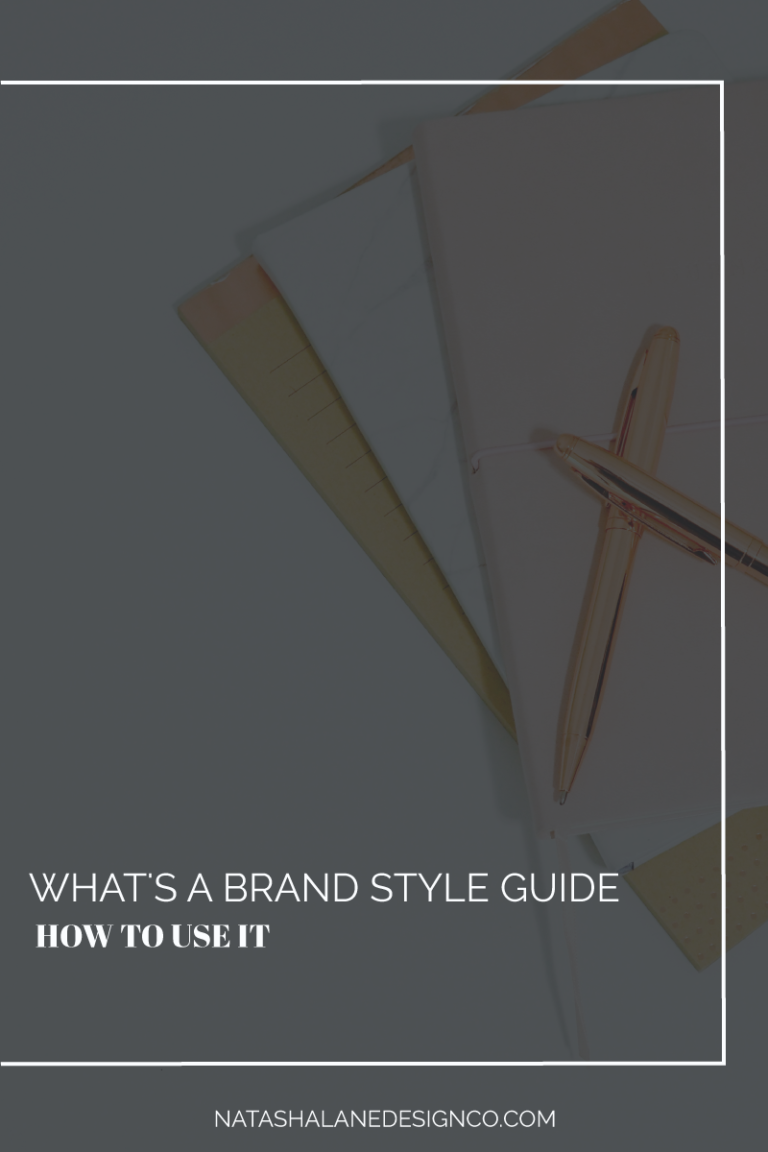

Have you tried to design your brand yourself?